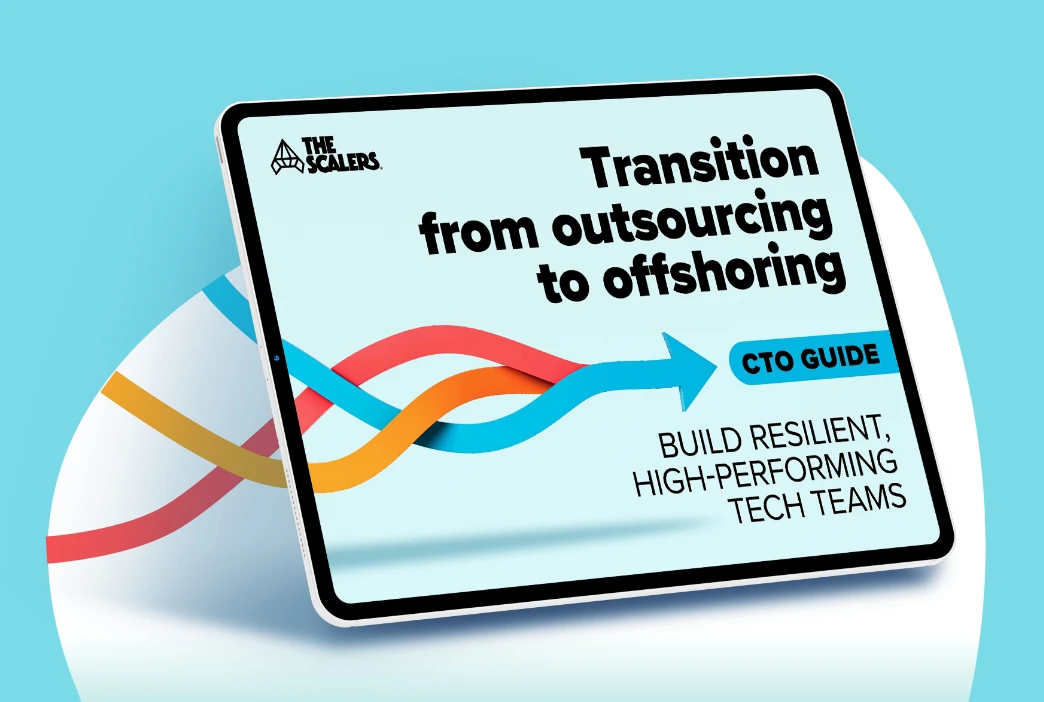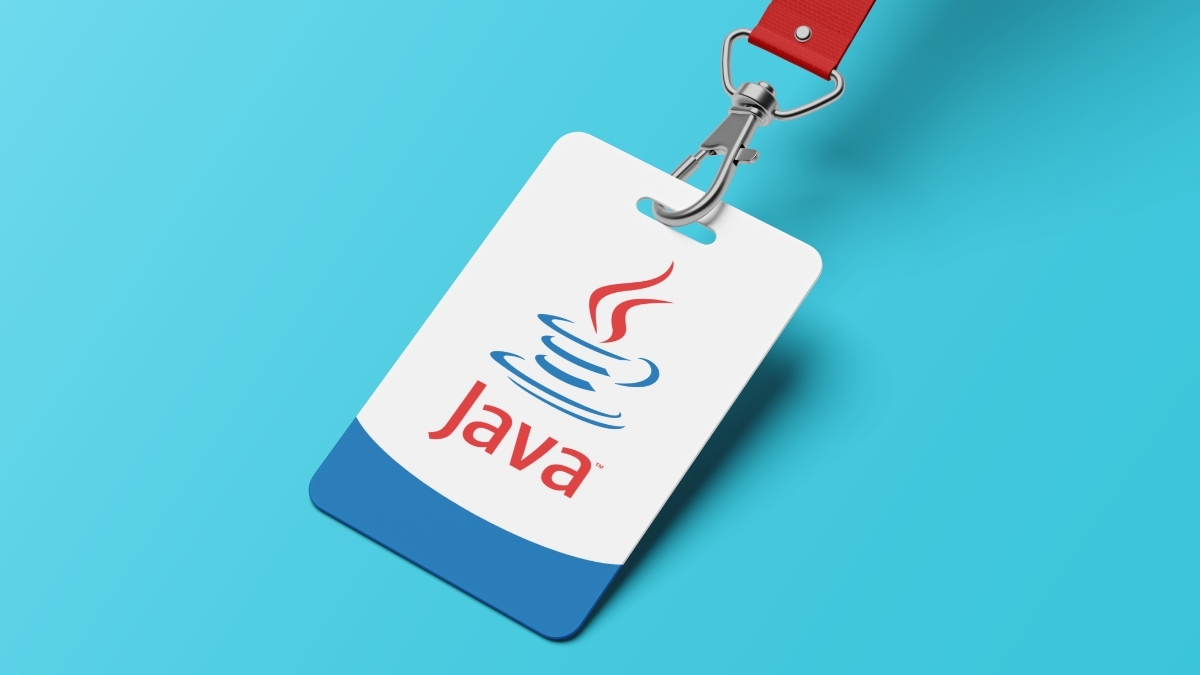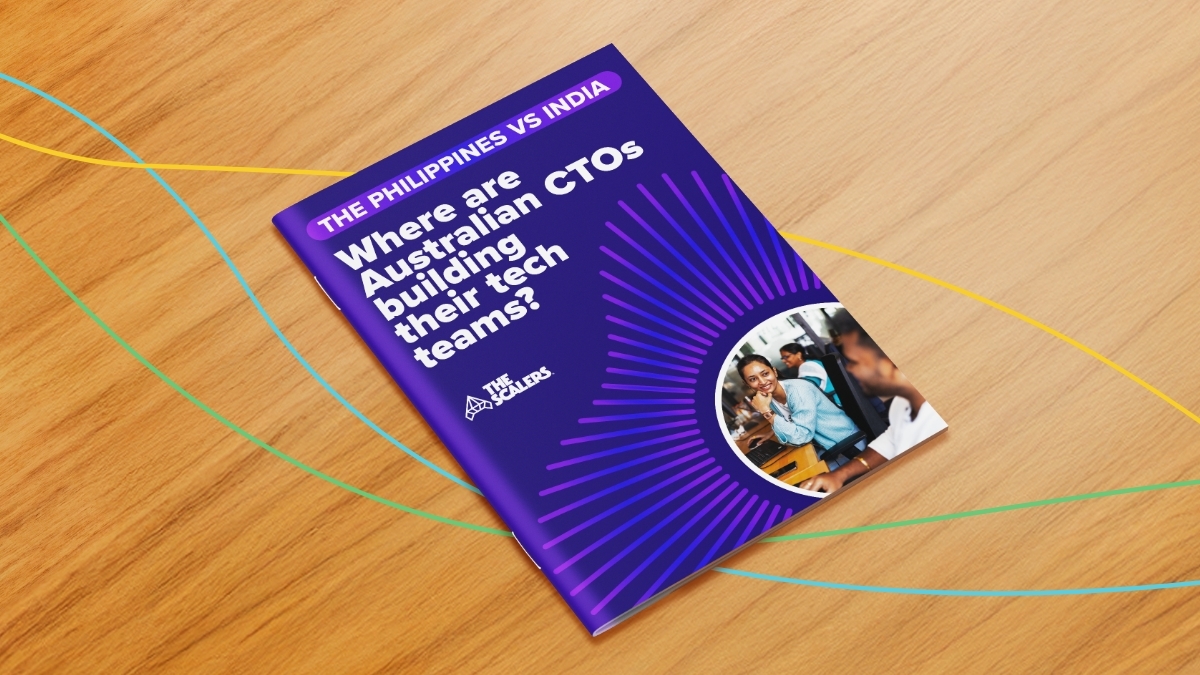Future-proofing your organisational structure beyond 2021

For longer than anyone can remember, the organisational structure of businesses has been strictly hierarchical: layers of close-watching management and seniority determined by company tenure.
This type of structure – which we’ll call the “traditional hierarchy” – is so commonplace that most of us don’t consider other options. After all, everyone needs a manager…right?
When it comes to building modern tech companies, especially when integrating with offshore employees, there might be a better way.
The traditional top-down team hierarchy
An article from Process.st captured the attributes of a traditional hierarchy, from the employee’s perspective. They said that employees:
- Generally work in departments or teams with fixed scope and responsibilities.
- Have a direct line manager and set tasks to complete.
- Have clear job titles and predetermined wages for that title.
- Are paid enough to buy products and participate meaningfully in the economy.
- Are subject to a bureaucratic management hierarchy which is responsible for decisions.
- Work in an office with their colleagues.
This setup is quite familiar to all of us. Yet for emerging tech companies looking to scale up, optimise resources, and drive innovation within their field, most of these practices have been thrown out the window.
So what’s wrong with the traditional top-down structure?
The main issues with the traditional hierarchy are stagnation and employee engagement. Layers of bureaucracy and constant oversight (with many “managers” promoted directly from purely technical roles) force any changes to progress at a limp.
At the same time, employees’ tasks are scheduled days or weeks in advance; every billable minute accounted for, every objective listed.
These layers of management were designed to keep things moving along nicely along a constant track. And they’ll still do that. But modern tech companies are about iteration, experimentation, fresh ideas – and these cannot be fostered using an outdated management structure.
Central to modern business is one key tenet: your employees don’t need to work for you. Globalisation and remote working mean there are far more opportunities than ever before.
The key is that they want to work for you.
This requires collaboration, transparency, two-way communication, and a focus on employee experience. That brings us to “the flatter organisation”.
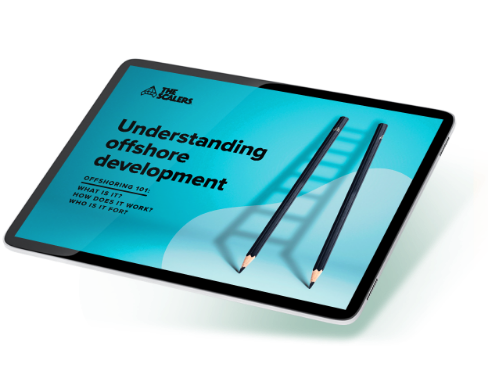
Your crash course on everything offshoring. What is it? How does it work? Is it for you?
DOWNLOAD EBOOKWhat is a flatter organisational structure?
As Jacob Morgan puts it in his Forbes series, a “flatter” structure seeks to open up the lines of communication and collaboration while removing layers within the organization. It empowers everyone in the company with authority and information and the ability to deliver work however they see fit.
See the graphic below for a visual example of how flatter structures challenge the traditional approach.
While still retaining a core structure (i.e. reporting to managers) flatter organisations grant employees more space to collaborate and work laterally.
This approach requires a steep shift in perspective for managers and leaders. It must be accepted that 1) managers are there to support employees (not the other way round) and 2) leaders pass authority down to employees – again, not how things are traditionally done.
Why implement this new organisational structure?
One of the main benefits of this structure is that it makes room for decision-making to happen without ideas getting trapped in a traditional – i.e. more bureaucratic – chain of command. Just look at how Nike manages its global workforce with a flat structure.
Instead of strict chains of command, teams are given broad deliverables and left to approach them using their best judgement. It’s a form of self-management mixed with accountability; the results are still inspected, but the approach isn’t overly scrutinised.
The rapid acceleration of offshore employment
Flatter structures also allow companies to lift the geographical boundaries. Today there are fully “virtual” organisations which rely almost entirely on the internet and phone to manage businesses. Offshoring is a natural evolution of flatter organisations.
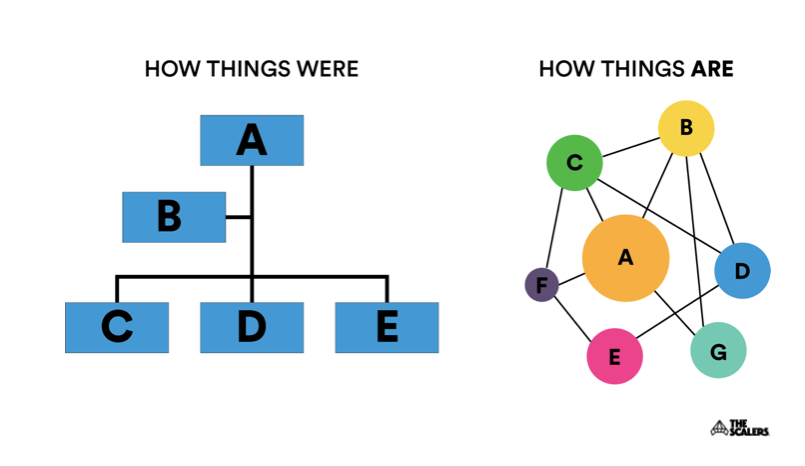
Flat and holacratic organisational structures – a step too far?
A quick look at doing what’s best versus what’s possible. Also, if these are feasible for smaller organisations, can they be scaled up for large ones?
A totally flat organisation is boss-less. Everyone is a peer: no job titles, no seniority, no managers, no executives. They’re also known as “self-managed” organisations and are considered the next evolution past the “flatter” system.
At Valve, a popular gaming company, nobody tells employees what to work on. Instead, all the employees at Valve can see what projects are being worked on and can join whichever project they want.
If this sounds totally alien to you, don’t worry. It is alien, and very experimental. Holacratic organisations are even more cerebral. According to Wikipedia:

Jacob Morgan suggests that, certainly for most medium to large companies, this method of decentralised management might be too difficult to implement for established companies, especially large ones.
Flatter organisational structure might be the most scalable and practical route. It combines employee experience, lateral responsibility, and fosters independence without an atomic shift in business operations.
From the pragmatist’s perspective, flatter organisations are a must as the world moves forward.

How we helped Preqin establish a 450+ person global R&D centre in India
DOWNLOAD CASE STUDYHow this relates to future-proofing your business
The transparent and collaborative approach of flatter organisational structures is well-suited to rapid innovation. In the tech space, it’s ideal for conceiving, building, and refining products.
In the Global Human Capital Trends survey, “Organizational design” has topped the list as the most important business trend for two successive years. The way high-performing organisations operate today is radically different to 10 years ago. The fact is that most large, legacy companies are using approaches from the industrial age, and it’s starting to show.
Companies employing these traditional methods are already struggling to compete with the dynamism and innovation of typically-younger companies. Worse, their employees feel get significantly lower job satisfaction than those in employee-centric, flatter structures.
As the world moves on, the decision to redesign companies to be more dynamic and flexible is no longer optional – it’s an obligation.
If your business still employs a traditional hierarchy, it might be time to take a look inside and see what changes could be made. To know more about our business, and the hierarchy that we implement, get in touch with us by filling out the contact form below!

